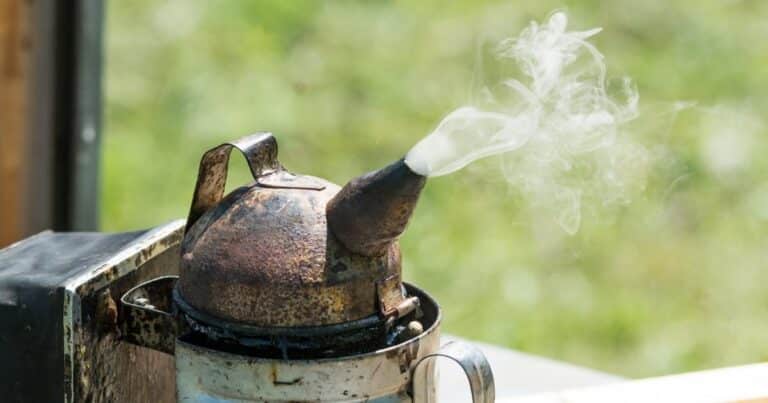The Colour of Honey Part 2: As Blue as the Sky and Royal Purple
The Colour of Honey Part 2: As Blue as the Sky and Royal Purple. We’re exploring honey with an unusual appearance, but this next one…
The Colour of Honey Part 2: As Blue as the Sky and Royal Purple.
We’re exploring honey with an unusual appearance, but this next one is simply bizarre.
Blue Honey is a husband-and-wife duo of songwriters and performers out of Nashville, Tennessee, and is also the name of a five-piece indie based in Perth, WA. But blue honey is also honey infused with psilocybin – the psychoactive chemical that occurs in ‘magic mushrooms’. You see, as it oxidises, psilocybin turns blue, although this process also weakens its effects, so if you’re a fan, you won’t want your mushroom-laced honey to show much of this colour. Honey makes the unpalatable mushrooms taste much better, and also acts as the ideal preservative. The actual process is quite simple – the mushrooms are cut into very small pieces (to increase surface area) before being mixed or layered with the honey. The same technique is used to preserve the distinctive flavour and aroma of truffles; their mysterious, pungent yet refined flavour combines perfectly with the floral accents of fine organic honey. Ben’s Bees’ very own black truffle honey is delicious with cured meats, cheese and crusty bread, or for basting meats and poultry!
In 2014, French beekeepers in the picturesque countryside around Ribeauville, in Alsace, were (understandably) completely taken aback when their hives spontaneously started to produce bright blue honey. The apiarists noticed that foraging bees would return carrying colourful unidentifiable substances, and subsequent investigations led them to a biogas plant four kilometres away that was processing containers of residue from a Mars confectionary plant near Strasbourg that manufactures M&M’s. A manager at Agrivalor, the company operating the biogas plant, stated that they had become aware of the problem at about the same time as the beekeepers, and had amended their procedure so that all future incoming waste would be stored in a covered hall.
The Alsace region is renowned for its vineyards, but it is also home to about 2,400 apiarists who are responsible for maintaining approximately 35,000 colonies of honey bees and produce around 1,000 tonnes of honey every year. Alain Frieh, the president of the French beekeeping union (Union Nationale de l’Apiculture Francais), said this represented a new headache for beekeepers already battling high bee mortality rates and dwindling production following a harsh winter. He said the blue honey might taste like the real thing but, ‘For me, it’s not honey. It’s not sellable.’
Purple honey, on the other hand, is completely natural and highly sought after, and it tastes great! Purple honey is unique to the southeastern US, particularly North and South Carolina. It cannot be deliberately produced and appears at random to the delight of beekeepers. And to add to the aura of mystery, purple honey may be found in a hive that is right next to another that contains only normal honey. Nothing is certain, but there are a number of theories.
It has been suggested that honey bees’ preference for blue and purple flowers, and the prevalence of plants such as elderberries, blueberries, blackberries and huckleberries near a hive could translate into purple honey. The invasive kudzu plant is another suspect. Most purple honey originates from the area around Fort Bragg, and another hypothesis is that the mineral content of the local soil may be a determining factor. Similarly, it has been proposed that high aluminium content in the soil may be affecting the nectar from sourwood trees, which in turn may be altering the colour of the honey. Unfortunately, all of these theories fail to explain a common problem; how can a single hive in an apiary produce purple honey, while those around it do not?
It has also been mooted that purple honey results from the way in which a particular colony makes their honey. The shortcoming with this idea is that a hive that previously produced purple honey may later produce normal honey, and vice versa.
So purple honey remains a happy accident. Not that that’s not a bad thing; we need a little magic in the world! Incidentally, purple honey is also ‘an online destination for curated boutique and luxury lingerie brands’!


